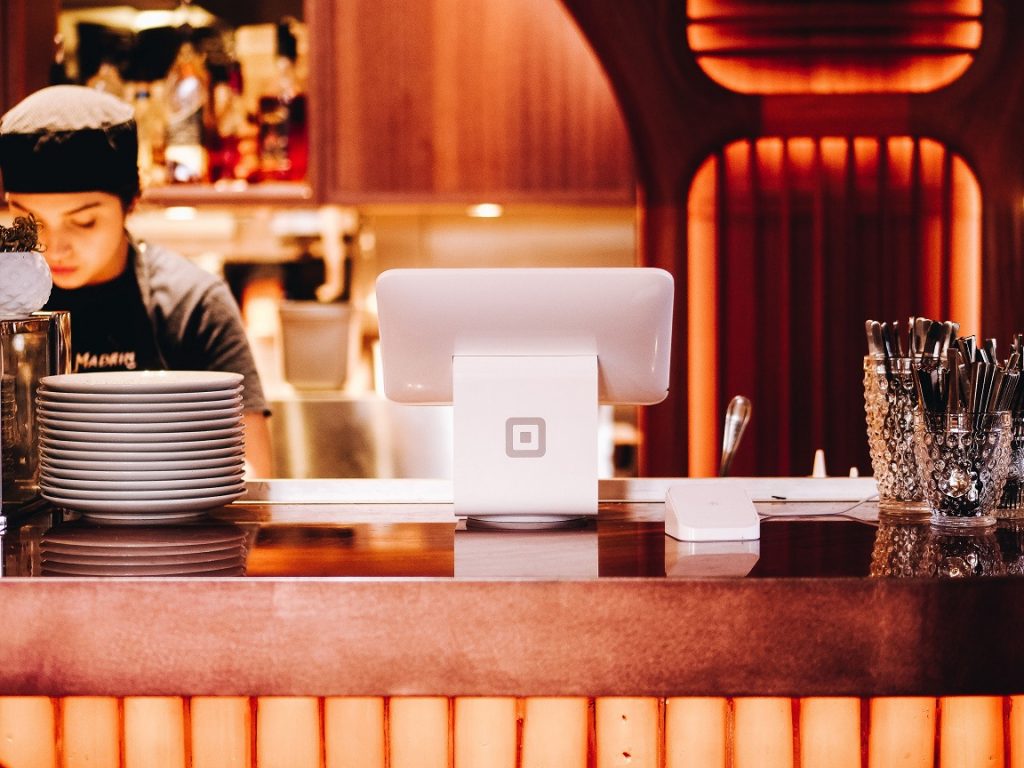Romantic Restaurants Islamabad: Ideal Dining Locations for Couples
Romantic Restaurants Islamabad: Ideal Dining Locations for Couples
Blog Article
Savor Genuine Eastern Cuisine With a Pan-Asian Twist for a Culinary Adventure
Beginning on a culinary trip through genuine Eastern food, boosted with a Pan-Asian spin, provides an one-of-a-kind possibility to explore the abundant tapestry of flavors that specify the area's diverse culinary practices. As you ponder these enticing dishes, think about the cultural stories and historic impacts that shape them, each bite using a story waiting to be discovered. Romantic restaurants Islamabad.

Discovering Pan-Asian Flavors
In the realm of global gastronomy, Pan-Asian cuisine sticks out for its impressive variety and the harmonious interplay of tastes from various Eastern cultures. This culinary approach commemorates the distinct active ingredients and abundant customs located throughout the continent, producing a tapestry of preferences that is both enjoyable and appealing. Trick to Pan-Asian food is its ability to stabilize different flavors-- sweet, salty, spicy, and sour-- while highlighting the quality and high quality of each ingredient.
From the umami-rich soy sauce of Japan to the intense chili peppers of Thailand, Pan-Asian cuisine provides an extensive palette of flavors. These elements are often incorporated in creative methods, boosting dishes with layers of intricacy. As an example, the use of fragrant natural herbs such as lemongrass and cilantro, typical in Vietnamese and Thai cuisine, adds a rejuvenating illumination to meals, while the unification of coconut milk supplies a creamy, rich texture.
The emphasis on fresh produce and aromatic spices ensures that each meal is not only a feast for the taste however likewise for the senses. Pan-Asian cuisine invites diners to embark on a culinary journey, exploring the huge and varied landscapes of Eastern gastronomy with every bite.
Fusion Meals to Try
While Pan-Asian food is celebrated for its conventional tastes, the modern cooking landscape is significantly accepting fusion recipes that blend these traditional elements with impacts from various other areas. This innovative technique not only honors the rich heritage of Eastern cookeries but also presents unique taste experiences that appeal to modern palates.
A prime instance of such a blend meal is the Korean-Mexican taco, where seasoned bulgogi beef is wrapped in a warm tortilla, covered with kimchi and a zesty gochujang-infused salsa. This combination weds the vibrant, savory tastes of Korea with the lively, fresh elements of Mexican cuisine. In a similar way, sushi burritos have acquired appeal, amalgamating the delicate creativity of Japanese sushi with the passionate, hand-held convenience of a burrito, frequently including combination active ingredients like tempura shrimp and avocado with a drizzle of wasabi mayo.
Another notable meal is Thai curry ramen, which instills the luscious, fragrant spices of Thai curry into the reassuring brew of typical Japanese ramen, creating a harmonious blend that entices the detects. These fusion dishes prolong beyond simple novelty; they stand for a cooking discussion between societies, urging expedition and development worldwide of Pan-Asian food.
Essential Ingredients and Seasonings
To really appreciate Pan-Asian cuisine, one must understand the important components and flavors that develop its foundation. This diverse culinary style draws from an abundant tapestry of Oriental customs, utilizing an unified blend of structures and fazoli's near me tastes. Secret components include soy sauce, fish sauce, and oyster sauce, which give a savory umami deepness necessary to Eastern recipes. Corresponding to these are rice vinegar and mirin, providing a delicate acidity and sweet taste.
Fragrant aspects are essential, with lemongrass, ginger, and garlic being common across various Pan-Asian dishes. These ingredients provide a great smelling base that boosts the complexity of tastes. Seasonings such as celebrity anise, cardamom, and cinnamon present heat and personality, resembling impacts from regions like China and India.

Cooking Methods and Tips
Understanding the art of Pan-Asian cuisine needs experience with its distinct cooking techniques, each adding to the lively tapestry of tastes this cooking tradition is celebrated for. Central to these techniques is the stir-fry, a fast food preparation technique that protects the dietary integrity and brilliant shades of ingredients. Utilizing a wok, the stir-fry approach enables even warm circulation, important for attaining the characteristic texture and flavor equilibrium of Pan-Asian recipes.
Another essential method is steaming, particularly widespread in Chinese cuisine. This mild method preserves the natural tastes and nutrients of components, making it excellent for fish and shellfish and veggies. Dumplings, a cherished staple, commonly profit from steaming, causing soft, delicious structures.
Barbecuing, also integral, imparts great smoky midsts to recipes such as Oriental bulgogi or Japanese yakitori (Fine dining experience Islamabad). This strategy usually entails marinading ingredients, allowing tastes to pass through deeply prior to cooking over an open flame or warmer
Finally, mastering the art of stabilizing flavors-- pleasant, sour, salted, bitter, and umami-- is vital. Appropriately layering these elements can boost a meal from ordinary to phenomenal, using a complex and pleasing culinary experience that embodies the significance of Pan-Asian food.
Eating Experiences Worldwide
Throughout the world, Pan-Asian food offers an unmatched dining experience, celebrated for its rich tapestry of tastes and dynamic discussions. This cooking sensation has transcended social boundaries, catching the hearts and palates of food enthusiasts worldwide. In cosmopolitan cities fresh York, London, and Sydney, Pan-Asian dining establishments function as fusions where culinary customs from Thailand, Japan, China, and beyond merge, supplying restaurants with an eclectic internet mix of meals that highlight the area's diversity.
The worldwide charm of Pan-Asian food hinges on its capacity to offer both authenticity and advancement. Cooks masterfully wed conventional components such as lemongrass, soy sauce, and miso with modern methods, causing recipes that are both acquainted and refreshingly brand-new. This blend allows diners to begin on a culinary journey that appreciates heritage while accepting modernity.
Additionally, eating experiences are raised with thoughtfully developed environments that reflect the ethos of Pan-Asian looks. From minimal Japanese-inspired insides to this website vivid Thai-themed rooms, each dining establishment supplies an one-of-a-kind setting that enhances the culinary offerings. Therefore, clients are not simply taking in a meal however partaking in a cultural experience, making Pan-Asian dining an absolutely international sensation.
Final Thought
The exploration of Pan-Asian food supplies a profound understanding of the elaborate interplay of tastes and culinary practices throughout Asia. By accepting blend dishes such as Thai curry ramen and sushi burritos, the culinary trip not just highlights the versatility of conventional ingredients yet likewise showcases innovative modern-day methods. This gastronomic adventure, improved by crucial flavors and cooking methods, provides an unique possibility to value the multiculturalism and culinary creativity that define Pan-Asian cuisine on an international scale.
Embarking on a culinary trip with genuine Eastern food, enhanced with a Pan-Asian twist, uses an one-of-a-kind chance to discover the abundant tapestry of tastes that define the area's diverse cooking traditions.In the world of worldwide gastronomy, Pan-Asian food stands out for its amazing variety and the harmonious interaction of flavors from various Eastern cultures. Trick to Pan-Asian cuisine is its capacity to balance different flavors-- pleasant, salty, spicy, and sour-- while highlighting the quality and high quality of each active ingredient.

Report this page